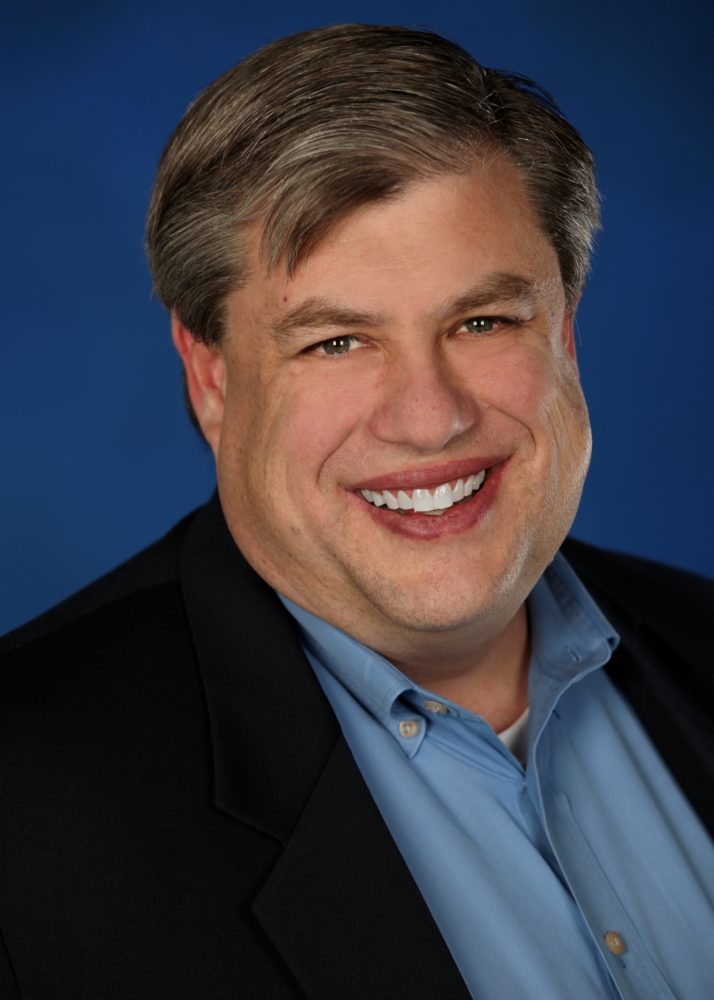City of the Future

According to the U.S. Energy Information Administration, residential and commercial buildings accounted for 40 percent of the nation’s energy consumption in 2013. They are also responsible for roughly 38 percent of the country’s carbon dioxide emissions. As the demand for residential and commercial space grows and the need to replace old buildings with new ones emerges, the time is ripe for considering large-scale green building practices that integrate advances in monitoring and “smart” building technology to curb energy use and minimize greenhouse gas emissions.
For Darrell Smith and his colleagues at the Microsoft corporate headquarters in Redmond, Washington, the need to go green presented an opportunity to utilize emerging big data technology to streamline energy use at the 125-building campus. Smith, the director of worldwide energy and sustainability for Microsoft’s real estate and facilities group, and his team used software to turn data collected from the company’s portfolio of buildings into solutions that decreased energy use, improved performance and significantly cut energy costs on a city scale.
Smith will be at UC Santa Barbara Tuesday, Jan. 27, 2015, at 5 p.m., to discuss how he and his team accomplished this large-scale feat. His lecture, titled “How Microsoft Quietly Built the City of the Future,” is among a series of Energy Leadership lectures hosted by the university’s Institute for Energy Efficiency. The event is free and open to the public.



